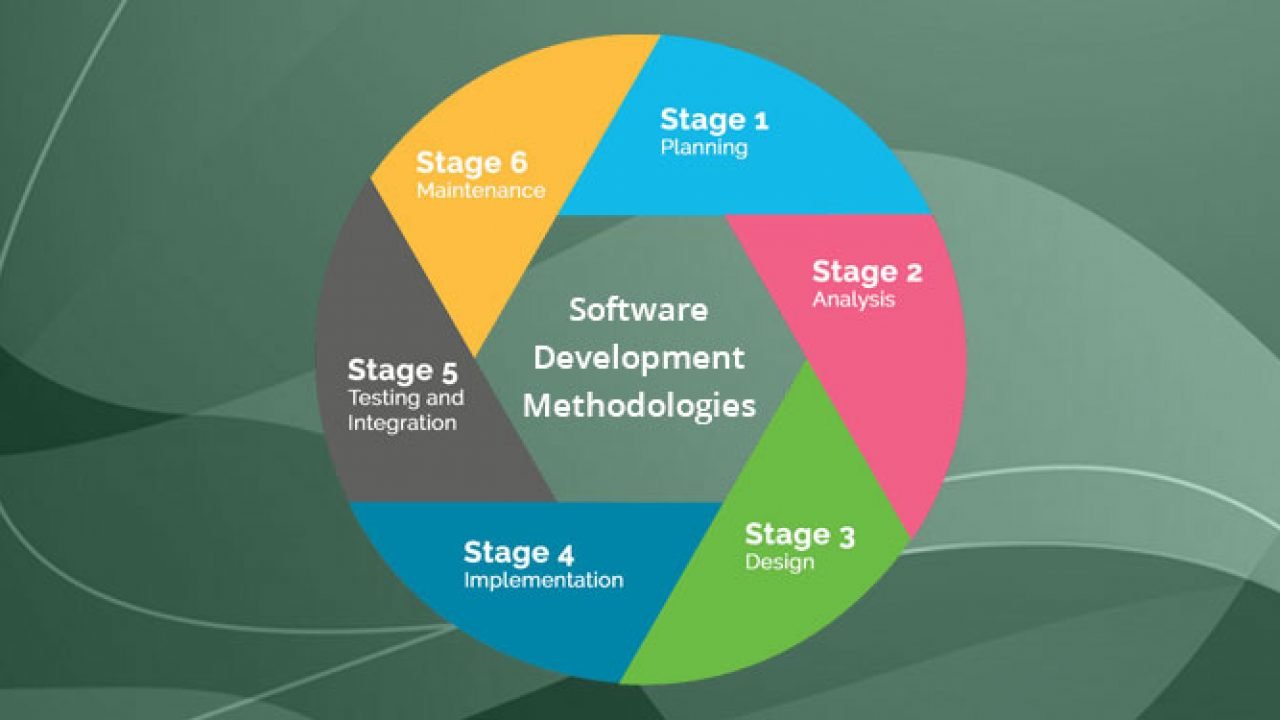What is SDLC methodology and why is it important?

The Software Development Life Cycle (SDLC) methodology is a structured approach to developing software. It provides a framework for teams to follow in order to deliver high-quality software on time and within budget.
The SDLC methodology typically consists of the following phases:
- Requirements gathering and analysis: This phase involves working with stakeholders to understand their needs and define the requirements for the software.
- Design: This phase involves creating a blueprint for the software, including its architecture, user interface, and features.
- Development: This phase involves writing the code for the software.
- Testing: This phase involves testing the software to ensure that it meets the requirements and that it is free of defects.
- Deployment: This phase involves making the software available to users.
- Maintenance: This phase involves fixing bugs and adding new features to the software after it has been deployed.
There are a number of different SDLC methodologies, but they all share the same basic goal: to provide a structured approach to developing high-quality software.
Here are some of the benefits of using the SDLC methodology:
- Improved communication and collaboration: The SDLC methodology provides a framework for teams to communicate and collaborate effectively throughout the development process.
- Reduced risk: The SDLC methodology helps to reduce the risk of project failure by providing a structured approach to planning, development, and testing.
- Improved quality: The SDLC methodology helps to improve the quality of software by ensuring that it meets the requirements and that it is free of defects.
- Increased efficiency: The SDLC methodology helps to increase the efficiency of the development process by providing a structured approach to tasks and deliverables.
Overall, the SDLC methodology is an important tool for software development teams. It provides a structured approach to developing high-quality software on time and within budget.
Which SDLC methodology is best for a particular project depends on a number of factors, such as the size and complexity of the project, the team’s experience, and the budget. Some of the most popular SDLC methodologies include:
- Waterfall: The waterfall methodology is a linear approach to development, where each phase must be completed before the next phase can begin.
- Agile: The agile methodology is an iterative approach to development, where the software is developed in short cycles and feedback from users is incorporated into each cycle.
- Spiral: The spiral methodology is a combination of the waterfall and agile methodologies. It involves iterating through the waterfall phases multiple times, with each iteration resulting in a completer and more refined version of the software.
Teams should carefully consider the project’s specific needs when choosing an SDLC methodology.
